
11+ School Counselor Lesson Plan Templates in PDF | Word
Empowering the youth to become the best can be such a fulfilling task to accomplish. But, school counselors proved that…
May 26, 2021
The Agile Project Management is a type of project management that uses the agile software development. It is an iterative approach to guiding and planning the process of the project. Usually, an Agile Project is done in small sections. Once a section or iteration is finished, insights can be taken from it which can be used to determine which steps to make next in the project. You may also see plan samples.

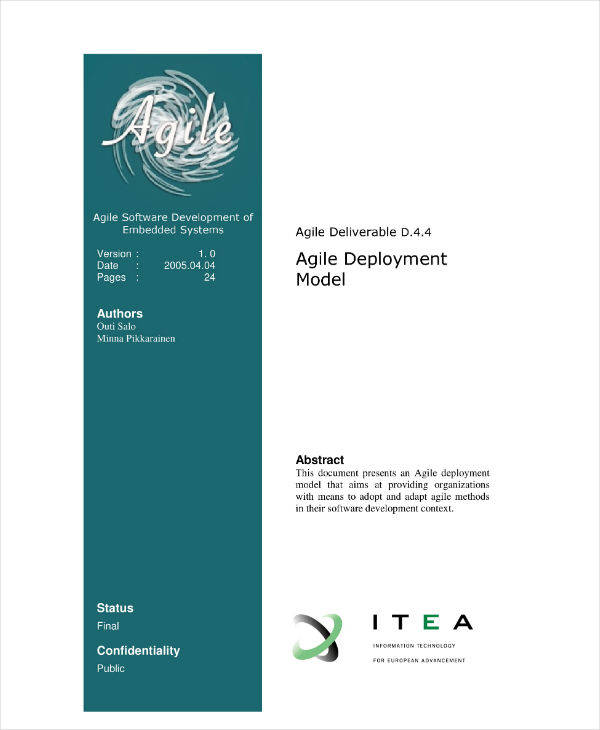 citeseerx.ist.psu.edu
citeseerx.ist.psu.edu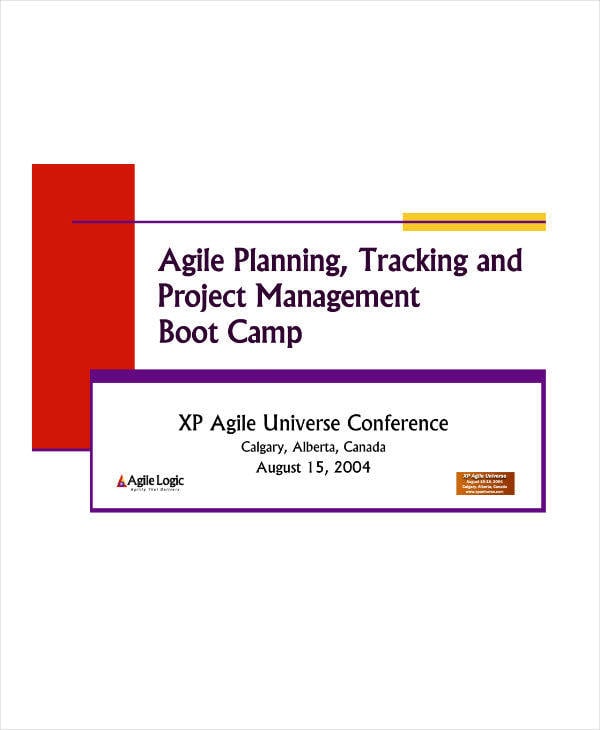 agilelogic.com
agilelogic.comSuch an approach can be greatly beneficial as it provides an ability to react and adapt to any to issues as they arise throughout the duration of the project. It is exceptionally useful for those projects with limited resources or a limited simple budget as the ability to make necessary changes to a project at the right time can save resources and deliver a successful project on time and within budget. You may also see Project Plan Templates.
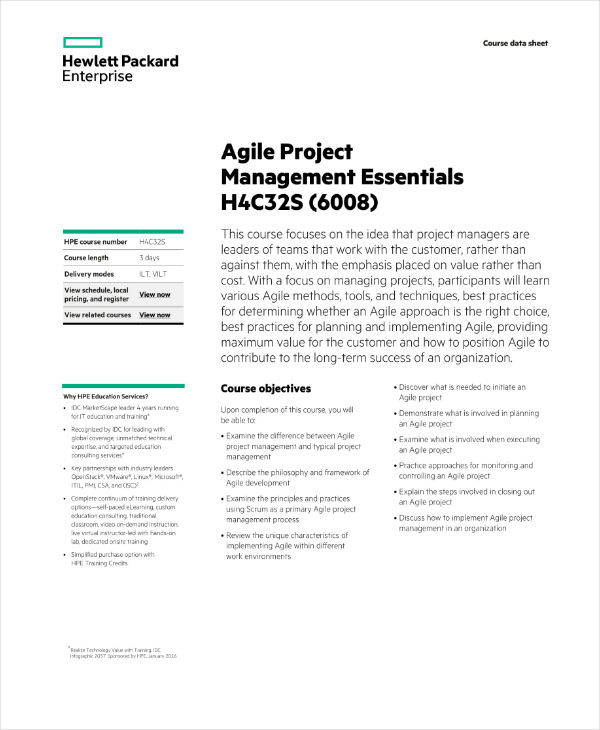 hpe.com
hpe.comThe term “agile” was, in this context, popularized by the Manifesto for Agile Software Development. There are several anecdotal evidence of the improvements brought about by the adoption of agile practices and values on the agility of software professionals, teams, and organizations. You may also see Plan Templates in PDF.
Agile project management follows twelve key principles since its inception. These principles, which were written in the Agile Manifesto, still guides the agile project management even today. You can also read sample project management plans.
The Agile manifesto not only gave the world the principles and the values that agile project management follows. It also produced the three main focal points within Agile which are:
 cs.duke.edu
cs.duke.edu agileindy.org
agileindy.orgAgile project management planning can vary method by method. However, as long as they carry the agile principle to heart, they can be applied to your project. Those in charge of managing or planning projects through the agile philosophy often find use and combine multiple methods. Some of the characteristics these agile methods have are:
Agile project management is defined by its iterative characteristic. It is, therefore, a no-brainer that its methodologies are also iterative. Delivering products regularly allows consumers a way to provide a frequent response, reaction, comments or criticism on the changes happening in the marketplace. It allows the project to adjust along with this rapid feedback. You may also see event action plans.
Tests are essential in order to correctly gauge a product or a project’s potential success before being sent to the wild. The people in charge write the test cases for the new project before implementing any changes. Preparing these tests improves quality and facilitates rapid feedback.
With the agile’s fast ad iterative style, every single second count. Any amount of time wasted, no matter how insignificant, might balloon up to delays and could make the project miss its target. To combat this problem, team members, even including customer representatives, are collocated to facilitate communication. They are brought together as to also minimize wasteful waiting times. You may also see project execution plan templates.
Some team members may have multiple valid expertise that is of the benefit of the project. Especially during times of emergency, or crunch times, it is imperative for the team to work together to efficiently reach their goal. As such, team members can assume multiple roles, improvise, and spontaneously collaborate. This facilitates learning from and teaching between peers without a command-and-control manager. Normally, a team is composed of a project manager (who is also referred to as the scrum master or coach), product owner, customer representatives, developers, testers, and architect.
This refers to the evolving, prioritize queue of business and technical requirements. With every iteration the project goes, this backlog is reviewed by the whole team. Functionality is chosen to be built in the next iteration. The product or project owner will be the one responsible for the management and control of the above-mentioned backlog. You may also see best project proposal plan templates.
 clarizen.com
clarizen.com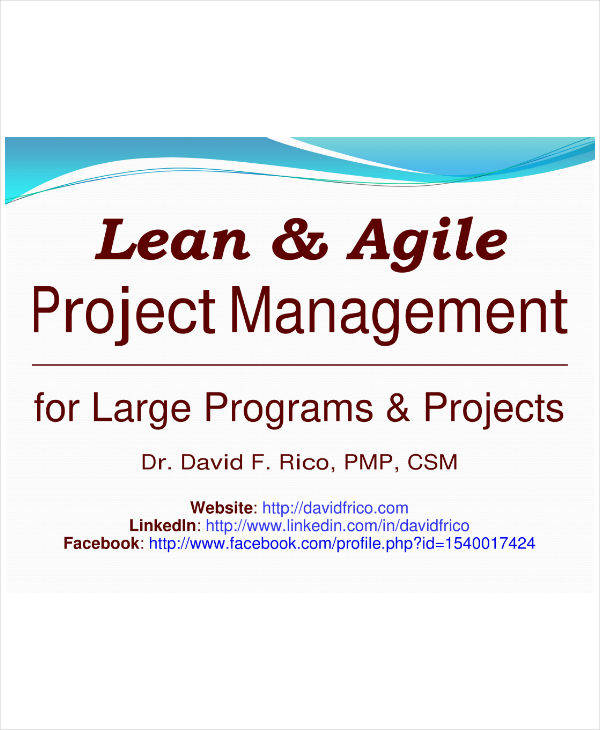 pmiwdc.org
pmiwdc.orgAs mentioned above, agile project management can be done through a multitude of methods. These methods can even be combined with each other to do the management. The most popular methods are Scrum, Kanban, and Lean. You can also read IT project plans.
Some agile methods include:
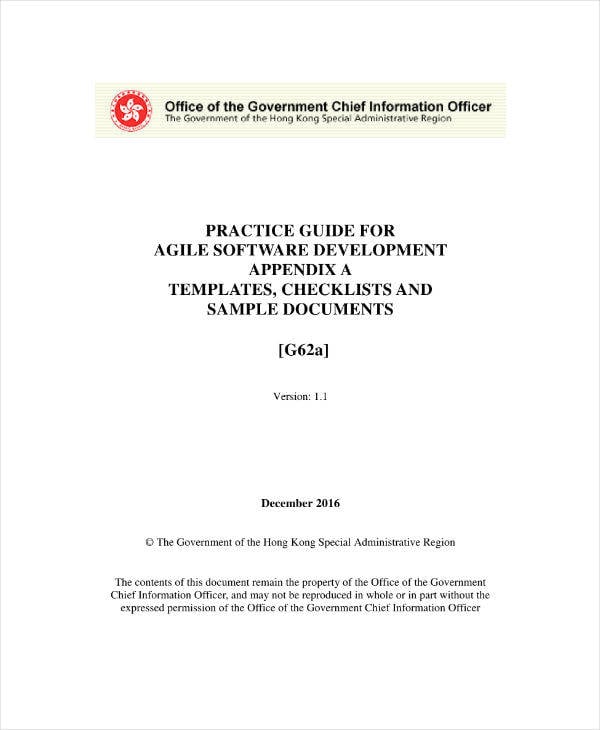 ogcio.gov.hk
ogcio.gov.hkScheduling is one of the most important aspects of creating a project plan. A schedule serves as a projected timeline of when certain milestones are expected to be done. Scheduling can also motivate the people involved and can stop them from meandering through their work. Creating a sample schedule for your project might be tricky, especially as they can lead to conflict. As such, here are some scheduling tips for your agile project plan:
As the point of the agile project plan is to be agile, it does not make sense to plan for a long time. For the schedule of your agile project plan sample, it is advised that you write your schedule in detail several weeks ahead, but not for several months.
A Gantt chart is a type of bar chart that illustrates a project schedule. It is a type of chart that can show the dependency relationships between activities and current schedule status. Gantt charts seem to have little value on agile projects. Gantt charts can be used to help the schedulers ponder through major dependencies, however, they are not advised to be used further than that. As a replacement, the iteration task list should be used instead as they are more valuable.
Project planning is essential to finishing the project. For that reason, it is imperative that it is done right. As the people doing the work will be the ones most affected by the schedule, it is only right to involve them in the scheduling process and not just the manager or coach. They must accept the schedule. You may also like sample project communication plans.
It is quite common for agile projects for the whole team to do the planning. The whole planning process should be right for the people involved.
One of the principles of the twelve principles of the agile project plan is that the only true measure of success is the delivery of a working product. Through short iterations, you can provide concrete evidence that your project team is going towards progress. This approach provides for a greater visibility into the true stats of your project than documentation does. It also improves your ability to effectively govern your projects well. You may also see non-profit project plans.
The people utilizing the agile model typically schedule the development of requirements into iterations as the line items. These line items could stretch the length of iteration. It would be great for the team to schedule their actual work accordingly and to not go into more detail in the project schedule. You can also see project assignment templates.
Sometimes, tasks can involve an external group like showing a demo of your system to some project stakeholder. You should consider including these task into your schedule as a way to remind you and your team to coordinate and cooperate with the concerned groups. You can also like project outline templates.
In order to ensure that team members have the necessary ability to see through the project, it is imperative that they are trained properly. Training should be scheduled at the beginning of the project to give team members a grasp of the fundamentals. Training should also occur throughout the project especially if you are hiring new staff. Always remember to include it on your schedule. You may also see fundraising plan templates.
Different environments need different approaches. Different approaches also work in different environments. Take note of which approach is appropriate for you and your environment and utilize that approach. You may also see successful project plans.
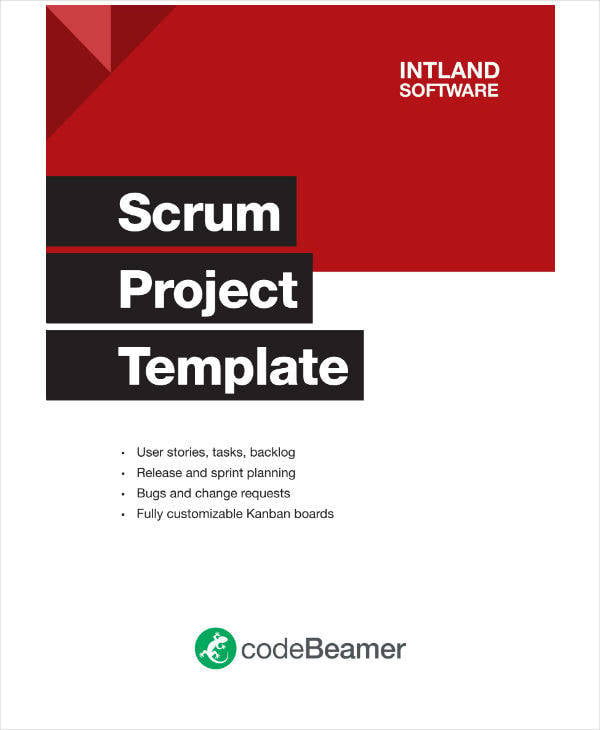 intland.com
intland.comAgile project planning is a process related to or birthed from agile project management and agile software development. It is a process that differs from the traditional planning processes as it is a plan that makes use of iterations to plan for and guide the project. It is mostly used in the IT and software development field. The Manifesto of Agile Development holds the principles and focus for which the agile project planning follows. You can also read project overview templates.

Empowering the youth to become the best can be such a fulfilling task to accomplish. But, school counselors proved that…

A compensation plan is the detailed plan of an employee’s wages, salaries, benefits and the terms of payment. The plan…

As there is a saying that ” with big positions comes the big responsibilities”. It is the huge duty to…

The student recruitment plan is one of the most important and essential parts of educational institutions. The strategy interacts with…

The recruitment and retention are two different terms explaining the thing that is inter-related. Recruitment is the process of identifying,…

A College Recruitment Plan is the designed plan or a strategy that is developed to recruit the employees of a…

A Recruitment Action Plan is a strategy that is designed for putting the recruiting process into action. This is the…

A recruitment business plan is one of the necessities for a company. It does not just help you to map…

Clinical trial recruitments are considered to be very essential to the success of any clinical study and it is often…